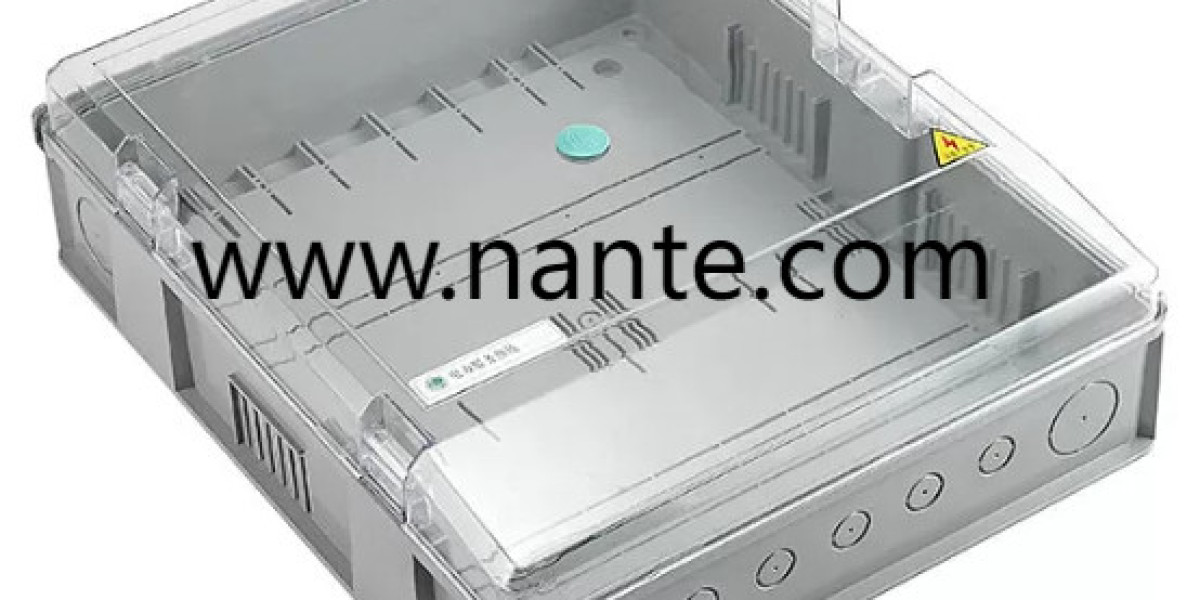In bustling workspaces where power demands shift and safety is paramount, a distribution Socket Box can streamline connections while shielding users from electrical mishaps. Yet, even the most robust enclosure can become a hazard if misconnected feed lines or inadequate earthing undermine its protective features. As headlines spotlight incidents caused by careless rigging and loose conductors, contractors and maintenance teams must remain vigilant to prevent shocks, fires, and regulatory violations.
One frequent misstep involves mismatched phase conductors and neutral terminals. When supply leads are swapped or double-terminated, overloaded circuits may provoke overheating at terminal blocks. Technicians should always verify color codes and sequence markers before securing each cable. Employing phase rotation meters helps confirm supply order, and clear marking of incoming lines avoids confusion when routines change or new staff join the crew.
Grounding errors represent another significant risk. An earth conductor tucked loosely behind mounting screws cannot divert fault currents effectively. Proper practice calls for dedicated lug points tightened to specified torque levels. Bond continuity tests should follow every connection, ensuring that exposed metal components carry potential differences safely to ground. Portable loop-impedance instruments aid in validating earth integrity under simulated fault conditions.
Overuse of conduit fittings or forcing oversized cables into small entries can weaken insulation sleeves and deform conductor sheaths. This creates points of abrasion where live jackets rub against enclosure edges. Instead, installers should match cable diameters to grommet sizes, and replace split-tail adapters with correctly rated entries. Anti-vibration glands reduce movement in dynamic settings, safeguarding against chafing when machinery cycles on and off.
Neglecting enclosure sealing allows moisture, dust, and corrosive agents to invade interior compartments. A humid environment accelerates oxidation on busbars and loosens screw terminals over time. Before closing, apply fresh gasket compound around door frames and inspect foam strips for signs of compression set. For tropical or washdown areas, choose IP-rated finishes and periodic spray tests to confirm water resistance and corrosion protection.
Improper torque on breaker mounting screws or spring clips can lead to localized hotspots. Some teams overtighten to prevent loosening, while others under-tighten to ease future servicing. Both extremes risk thermal runaway. Adhering to manufacturer guidelines for clamp tension optimizes contact pressure. Thermal imaging scans during commissioning reveal potential hot spots, enabling corrective action before live operation begins.
When integrating surge arrestors or RCD units, wiring layout matters. Routing suppression leads too close to control cables can induce electromagnetic interference, triggering nuisance trips. Maintain separation between power and signalling circuits, and use screened flexible conduits where necessary. Label every protective device clearly on the interior panel, so future modifications dont inadvertently bypass critical safeguards.
Another recurring oversight involves neglecting mechanical support. Heavy feeder cables strain terminal points if not clamped or anchored. Creep-resistant brackets and cable ties keep conductors in place, preventing gradual slippage under vibration. Where dynamic loads exist—such as near compressors or conveyors—spring-loaded clamps absorb movement without transferring stress to connection points.
Testing and documentation often receive too little attention. After energizing the unit, record insulation resistance readings and phase voltage checks. Store these logs alongside site manuals to track performance over lifecycles. Should a drift in readings appear, technicians can trace deterioration back to its origin, rather than scrambling to address unexplained shutdowns.
Training crews on correct practices fosters a culture of safety and excellence. Regular workshops refresh knowledge on earthing techniques, torque specifications, and enclosure care. Visual guides posted near distribution panels serve as quick references, reducing guesswork during high-pressure situations. Engaging staff in hands-on drills cements best practices and builds confidence for unexpected challenges.
By avoiding these common pitfalls—incorrect wiring, poor grounding, inadequate sealing, and insufficient support—facility operators ensure that distribution solutions enhance workflows without introducing new risks. Investing in professional-grade enclosures and following rigorous installation methods yields reliable power delivery and peace of mind for all stakeholders.
For engineered panel solutions backed by expertise and designed for robust performance, visit www.nante.com/product/ .







